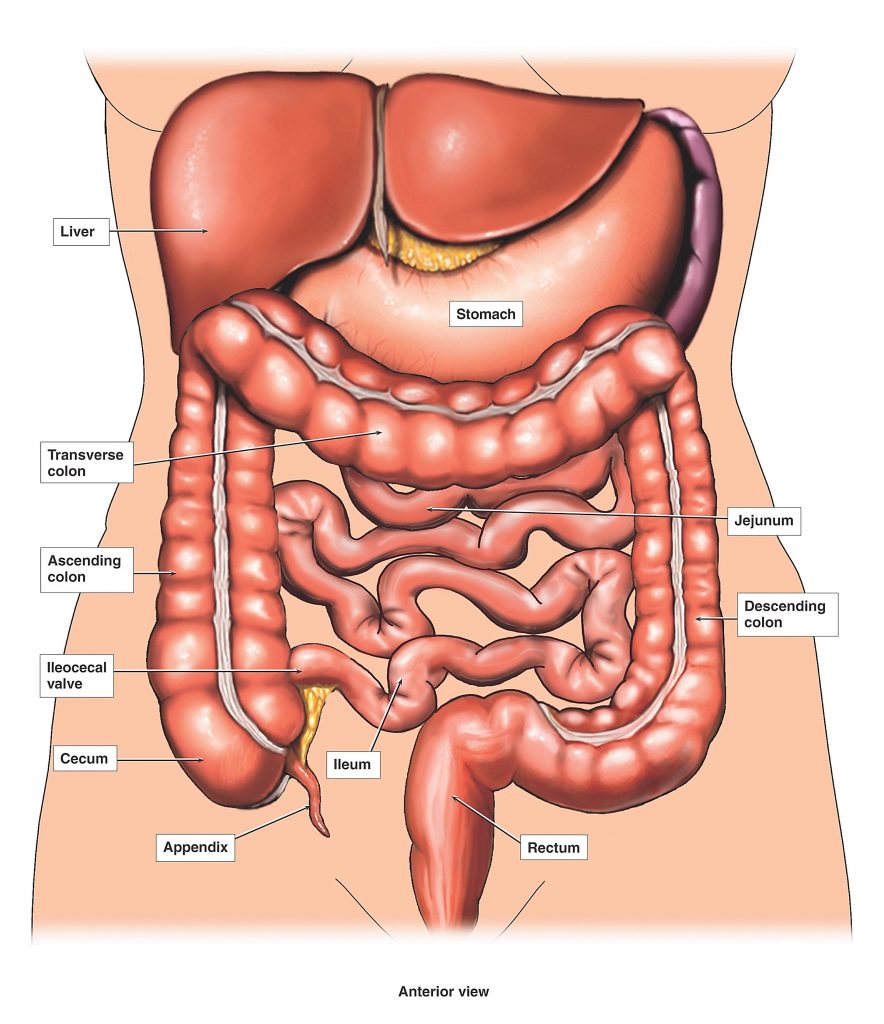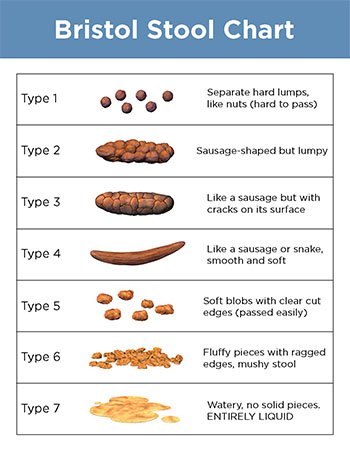
Getting to know what is normal and what is changing in our bodies is vital for longevity, health and future. We are becoming a world of instant fixes, instant gratification and out of tune with what our body is trying to tell us. If we have an understanding of how our body works we can help it keep us healthy. Food is medicine and what we put into our body reflect in how strong and healthy our body are and will become. Digestion is extremely important to understand. Previously we have talked about the small intestines and the Ileocecal Valve and it’s importance. Now it’s time to discuss the large intestines.
The large intestine also is a major part in digestion too. It reabsorbs water back into the body. The food passes through the small intestine is a almost like a pulp or slop for quick movement and easy of passing down the system. The food, which is now entering the large intestine, holds no nutritional valve and become waste, however contains a high percentage of water. The body is extremely clever and will hold onto anything it needs and water is valuable the body will not waste it. So as the waste carry on its journey though the large intestines water is reabsorbs back into the body.
Fibre as it passes through the body soaks in water and it holds water very well. If a digestive system has a high fibre content going through it, when it reaches the large intestines a battle then occurs for water. The fibre wins. The fibre will hold onto the water making the waste softer and easier to pass. Likewise, if a diet is low on fibre and there is little fibre in the waste that waste will become thicker, harder and cause painful cramps, bloating and impacted stools.

If we look at our stools they can tell us what is going on in the body. Please have a look at the chart.
Type 1 is no or very little fibre content and therefore causing it’s owner pain, stomach cramps, discomfort and trapped, severe constipation.
Type 2 is compacted stools with some form. A little looser than type 1, but still constipation, painful on passing and bloating.
Type 3 is the most common and fairly normal, the owner possibly having trapped wind and slightly painful bowel movements.
Type 4 is perfect! nicely formed, no sight of impacted balls and easy to pass.
Type 5 maybe becoming more difficult to control and easily passed. Chicken nugget style formation which again is fairly normal.
Type 6 is often described as porridge with some chunky bits, could be caused by sudden dehydration, eating spicy foods or inflammation. This is hard to control.
Type 7 is watery, pure liquid and can mean that there is a gastro-intestinal infection and inflammation in the gut.
I know its not the nicest thing that have to look at, but if we get to know what is normal for our bodies, when things start to change it will try and tell us. Sometime the only way it can is by causing pain and discomfort. As we become a nation of instant gratification we are becoming impatient with our body and it’s signals. Taking time out and learning what our body is tell us can help us lead a healthy, happier, longer life.